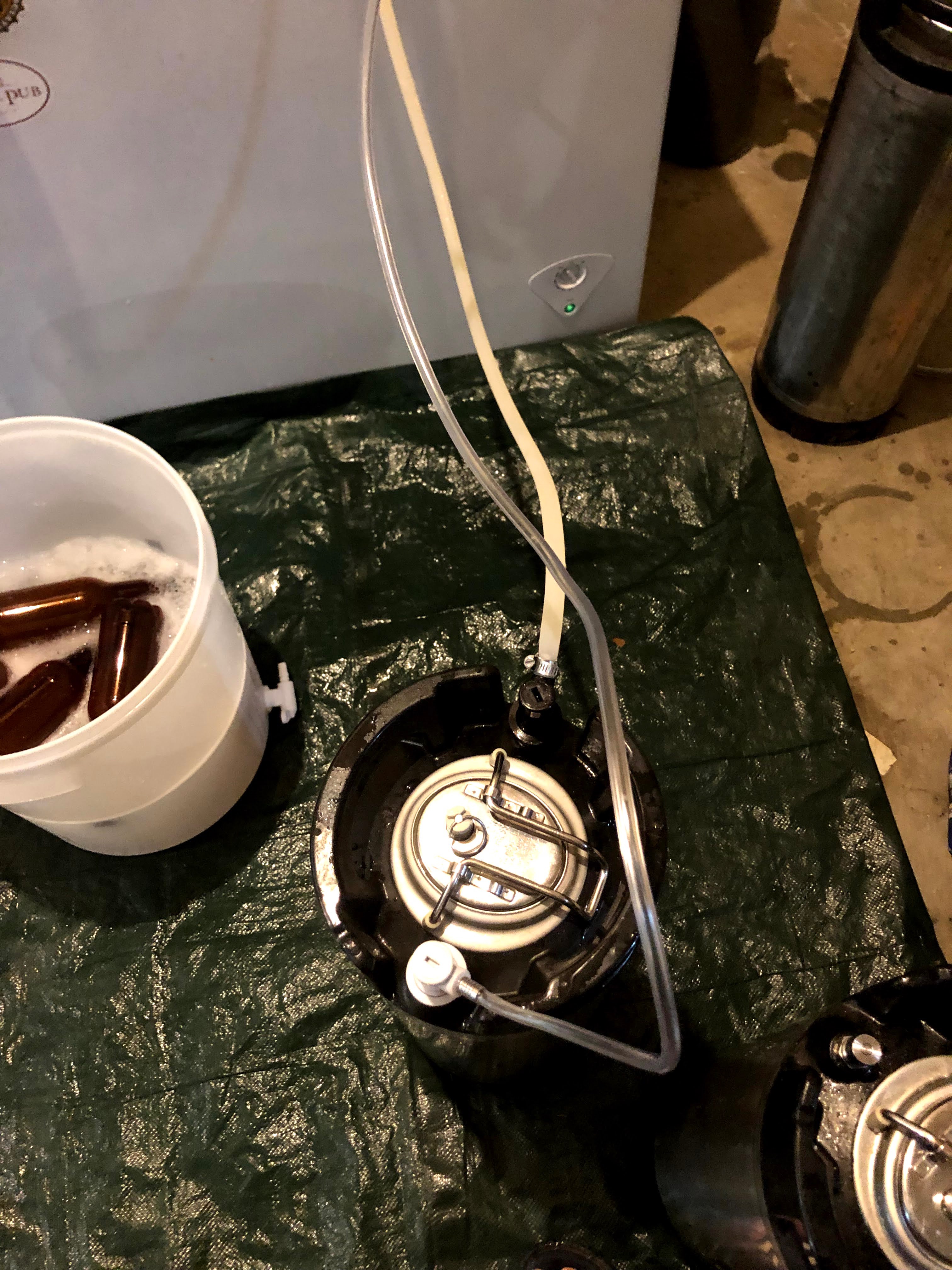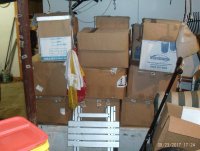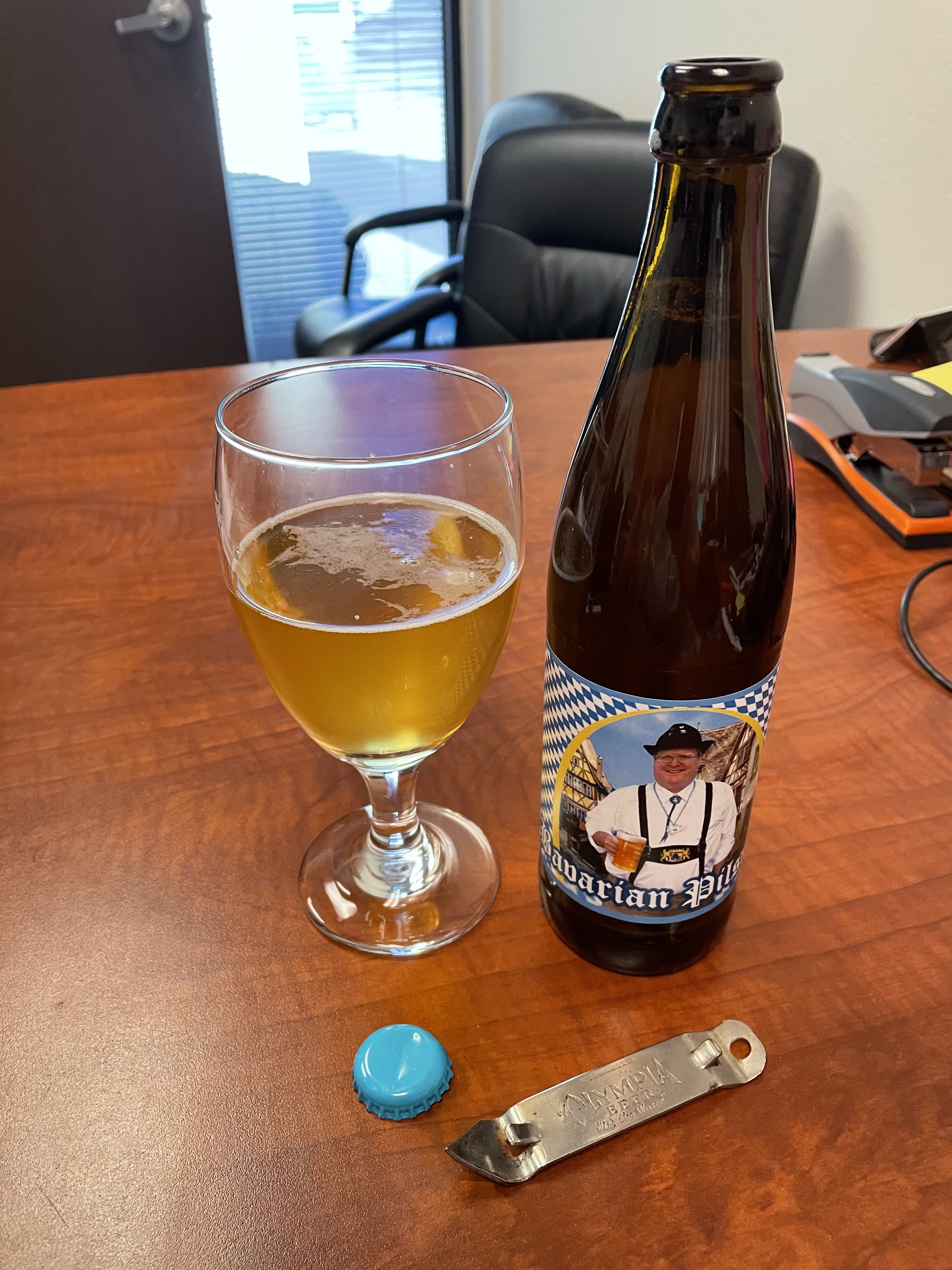I'm too lazy to read this whole thread so if I repeat anyone's ideas, I'm sorry.
Reasons why bottle conditioned portions of a batch can taste better:
1. Kegging process introduces some oxygen. It's not that the bottling process doesn't, but the refermentation scavenges the oxygen in the bottle.
2. The new yeast activity acts a little like krausening and can help cleanup some fermentation induced flaws like diacetyl and acetaldehyde.
3. Conditioning time. You may be leaving the bottles alone for 2 or more weeks allowing for a more full carbonation and particle settling while burst carbing the keg quickly and to some unreliable level.
On your second point, you may have something there. It is logical, anyway. I never see any krausen in my bottles, but that doesn't mean that no fermentation related cleanup is occurring. I don't taste the difference but that doesn't mean it isn't there. A more discriminating critic than me might notice the difference, I don't know, but I won't discount the possibility.
As for introducing oxygen when kegging, not necessarily. I fully purge my kegs by filling to the top with star san solution, then forcing it out with CO2, resulting in a completely purged keg with a slight positive pressure for safe storage until kegging day. Then for the beer transfer I use a closed loop. Beer flows from fermenter into the keg. CO2 flows from keg into fermenter. Pressure stays equalized, gravity does all the work, no air gets in anywhere. And it isn't any great hardship to do it that way.
There is really no reason why a keg that doesn't leak can't be stored / conditioned for months. I overcarb a bit, but it is easy to correct once the keg is chilled to serving temp and waiting its turn to be tapped. OTOH, if priming is miscalculated and bottles are overcarbed, you are just stuck with it that way. You can't gradually bleed off gas over several days like you can with a keg. I have made some real geysers and it is sad to see beer lost. Then again it is possible to under carb. Not a major tragedy as long as there is some CO2, but if you want it perfect, you could be out of luck. A few days with a couple extra pounds of CO2 pressure on the keg and you can make it right. Careful calculation should give you perfect bottle priming, but sometimes stuff happens.
Which all reminds me, my latest bottles have been over three weeks conditioning. I should put one in the fridge for a few days and see how it is coming along.













![Craft A Brew - Safale S-04 Dry Yeast - Fermentis - English Ale Dry Yeast - For English and American Ales and Hard Apple Ciders - Ingredients for Home Brewing - Beer Making Supplies - [1 Pack]](https://m.media-amazon.com/images/I/41fVGNh6JfL._SL500_.jpg)




































